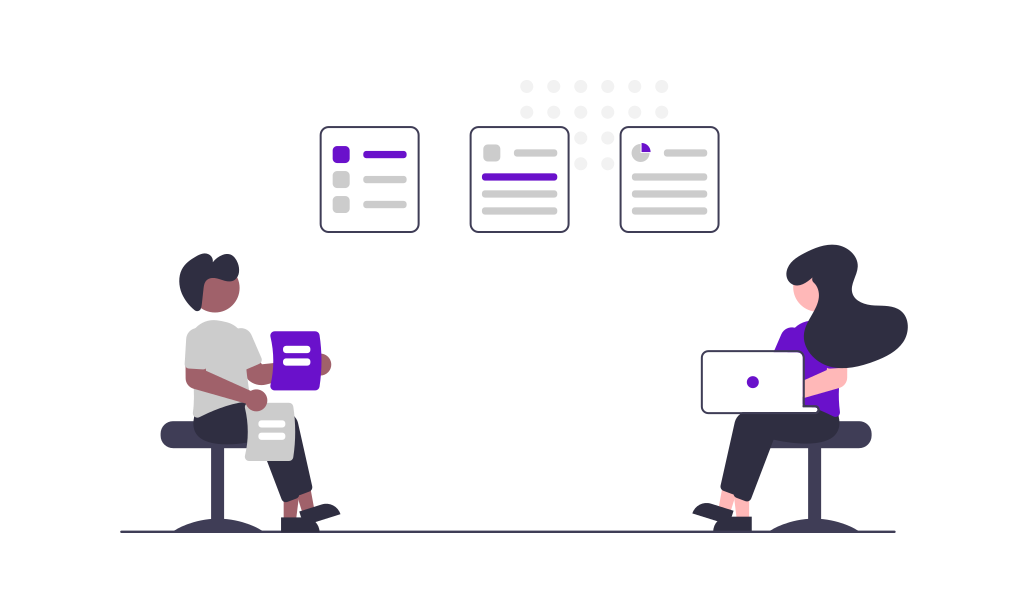In the competitive landscape of B2B SaaS (Business-to-Business Software as a Service), understanding your target accounts at a granular level is crucial for successful Account-Based Marketing (ABM). Traditional data analytics and market research methods provide valuable information, but to truly stand out, businesses must delve deeper. Ethnographic research offers a powerful means to achieve this, delivering profound insights into account behaviors, needs, and motivations. This blog explores how ethnographic research can revolutionize your ABM strategy.
What is Ethnographic Research?
Ethnographic research is a qualitative method originating from anthropology. It involves the systematic study of people and cultures from the viewpoint of the subject. In a business context, it translates to observing and interacting with your target accounts in their natural environments to understand their workflows, challenges, and decision-making processes.
The Relevance of Ethnographic Research in B2B SaaS ABM
Ethnographic research helps B2B SaaS companies uncover the nuances of their target accounts’ operations. While traditional methods like surveys and interviews provide direct feedback, ethnography reveals the implicit needs and unarticulated pain points that standard methods often miss. This deeper understanding leads to more personalized and effective marketing strategies.
Conducting Ethnographic Research in B2B SaaS ABM
-
Identify Key Accounts: Start by selecting the accounts that have the most strategic importance. These accounts could be high-value clients or those with significant growth potential. Ensure a mix of industries and sizes to get a comprehensive view.
-
Define Research Objectives: Clearly outline what you aim to learn from the ethnographic study. Objectives might include understanding daily workflows, identifying decision-making processes, or uncovering pain points that your SaaS solution can address.
-
Select Research Methods: Ethnographic research employs various methods, including participant observation, in-depth interviews, and field notes. For B2B SaaS, consider methods like shadowing key personnel, conducting contextual inquiries, and setting up immersive workshops.
-
Engage with the Accounts: Engage with your target accounts by spending time in their offices, attending meetings, and observing their use of software solutions. Building trust is crucial; ensure the accounts understand the purpose of your research and how it can benefit them.
-
Analyze the Data: Ethnographic data is rich and complex. Use thematic analysis to identify patterns and insights. Look for recurring themes in workflows, common challenges, and specific needs related to your SaaS offerings.
-
Translate Insights into ABM Strategies: Use the insights gained to tailor your ABM strategies. This could involve creating highly personalized content, designing custom product features, or developing targeted campaigns that address the unique needs of each account.
Benefits of Ethnographic Research in ABM
-
Enhanced Personalization: Ethnographic research provides a deep understanding of account-specific needs, enabling hyper-personalized marketing strategies that resonate with each target account.
-
Improved Product-Market Fit: By understanding the real-world use and challenges faced by your accounts, you can refine your SaaS solutions to better fit their needs, enhancing product adoption and satisfaction.
-
Stronger Relationships: Engaging with accounts through ethnographic research fosters stronger relationships. It demonstrates your commitment to understanding and solving their problems, building trust and loyalty.
-
Competitive Advantage: The deep insights gained from ethnographic research can provide a significant competitive edge, allowing you to develop unique value propositions and differentiated marketing strategies.
Challenges and Considerations
While ethnographic research offers significant benefits, it also comes with challenges:
-
Time and Resource Intensive: Ethnographic research requires considerable time and resources. It involves extensive fieldwork and data analysis, which can be costly and time-consuming.
-
Access and Trust: Gaining access to key accounts and building the necessary trust for ethnographic research can be challenging. It's essential to clearly communicate the value of the research to the accounts involved.
-
Subjectivity: Ethnographic research is inherently subjective. The researcher’s interpretations can influence the findings, making it crucial to approach the analysis with a structured and objective mindset.
Conclusion
In the realm of B2B SaaS ABM, where understanding the intricacies of target accounts is paramount, ethnographic research stands out as a transformative tool. By immersing in the environments and experiences of your accounts, you can uncover deep insights that drive more personalized and effective marketing strategies. While it requires significant investment, the payoff in enhanced customer relationships, improved product offerings, and competitive advantage makes it a worthy endeavor.


